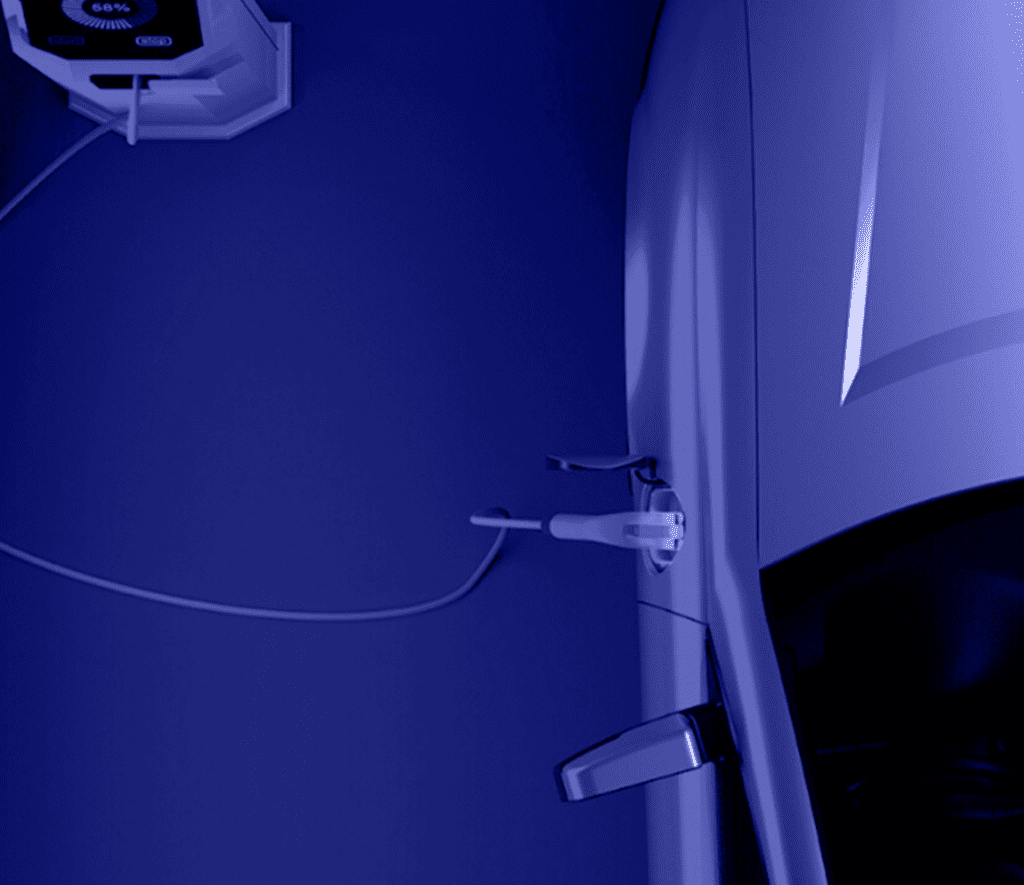New Office Opening: Leyton Lands in Portugal
At Leyton, it is our primary mission to help businesses leverage financial incentives to accelera...

LIFE has a total budget of EUR 3.4 billion from 2014 to 2020.
Companies, public organisations and NGOs can receive alluring grants for demonstration and pilot projects.
LIFE is divided into two sub-programmes: LIFE Environment and LIFE Climate Action. If you want to know whether or not your project is eligible for LIFE, our specialists are eager to help.
Even though single applicants are allowed, LIFE projects generally are executed by a partnership. The programme puts emphasis on replicability/transferability, long-term sustainability, and an EU added value of the project results.
LIFE is not focused on research. For traditional LIFE projects there are no specifications for project budgets. LIFE has co-funded large ambitious projects with total costs of more than EUR 5 million several times in the past. However, proposals for small projects with total costs below EUR 500,000 have rarely been selected in the evaluation due to the limited output and consequently a low added value.
With 75% of the budget, LIFE Environment is the bigger of the two sub-programmes. It focuses on the following areas
Projects can be as follows:
LIFE Environment uses a two-stage application procedure. The first stage is a concept note, i.e. an outline of the proposal (max. 10 pages). Only if this is approved, a full proposal can be prepared and submitted (stage 2). This means that the concept note needs to be concise and convincing, as only the best concept notes are accepted to stage 2.
For the full proposal, it is important to take heed of the received feedback which is based on the concept note.
2 April 2020: call open
Mid-June 2020: submission of concept notes
October 2020: pre-selection of concept notes invited to submit full proposals
February 2021: submission of full proposals
June 2021: information about results
September 2021: start of the projects
Explore our latest insights
See more arrow_forward
At Leyton, it is our primary mission to help businesses leverage financial incentives to accelera...

Leyton group publishes its United Nations Global Compact Communication on Progress 2020. As a sig...

Under the impetus of the OECD and its BEPS plan (Base Erosion and Profit Shifting), the Belgian l...

In our previous newsletter of October 8, 2020, we informed you on the so-called “Corona III[1] Ac...